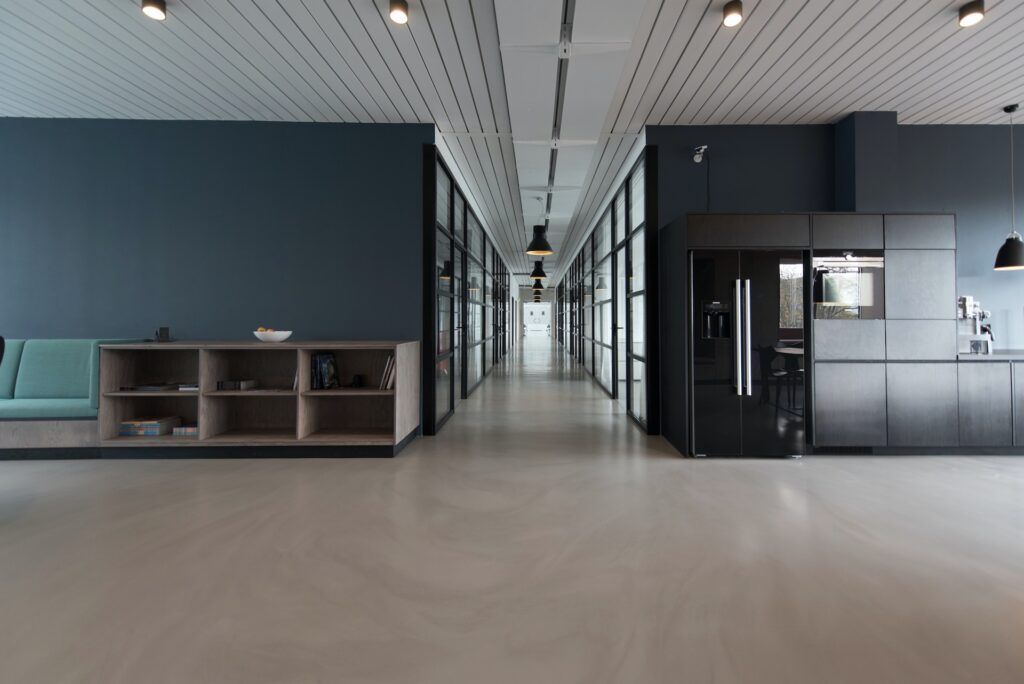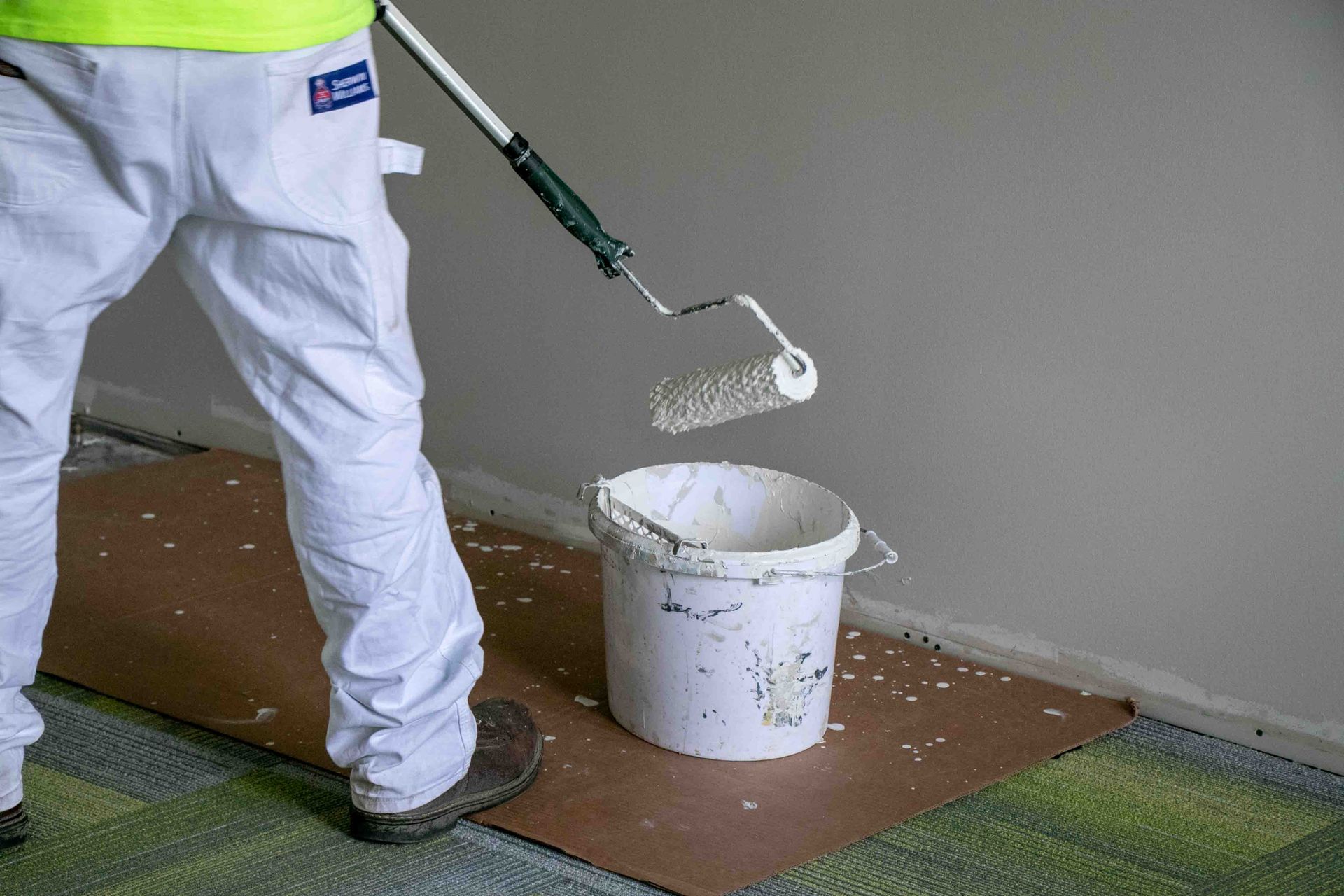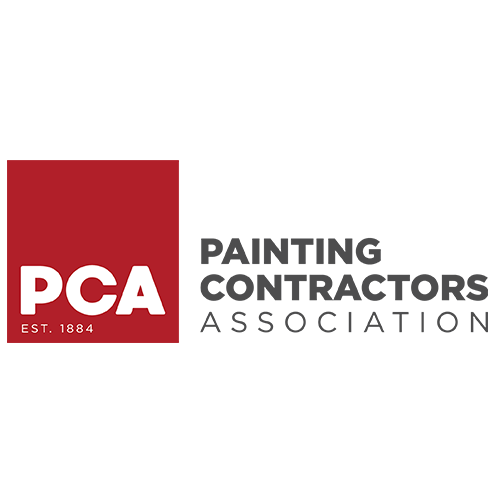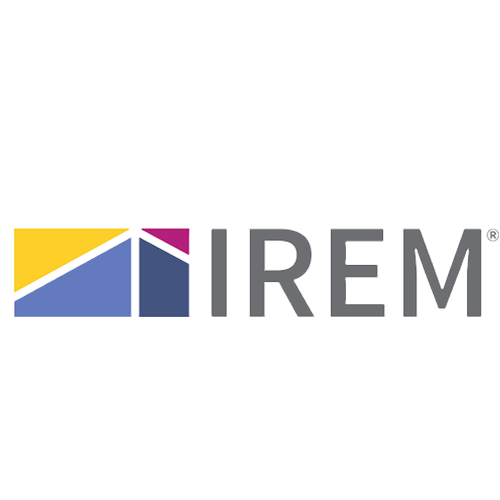When it comes to commercial painting, it's easy to assume that it's just a larger version of residential painting—bigger walls, more paint, and perhaps a few taller ladders.
In reality, commercial painting is an entirely different field. It involves large-scale surfaces, strict timelines, and industry regulations that demand efficiency, safety, and precision.
Specialized equipment isn't a luxury—it's a necessity to meet these demands.
The Scale and Scope of Commercial Projects
Commercial painting projects typically involve expansive spaces such as warehouses, office buildings, hospitals, schools, retail centers, and industrial facilities.
These environments often present unique challenges, such as elevated ceilings, difficult-to-reach areas, surfaces exposed to heavy wear, and sometimes even hazardous conditions.
Standard brushes, rollers, and ladders are rarely sufficient. Completing a commercial project correctly, safely, and on schedule requires advanced tools designed specifically for high-volume, high-performance work.
High-Performance Paint Sprayers
Efficiency and consistency are crucial on commercial painting sites.
Airless paint sprayers are extremely common in the industry for their ability to coat large surfaces quickly with smooth, even coverage. They are instrumental on expansive surfaces like ceilings, metal siding, or concrete block walls.
In specific commercial settings—such as offices or industrial buildings—electrostatic sprayers are often used to paint metal fixtures like lockers, filing cabinets, or stair railings. These sprayers apply paint with minimal overspray and deliver even coatings, which are essential for professional results.
Scaffolding and Aerial Lifts
Many commercial buildings require work done at significant heights. Equipment like scaffolding, scissor lifts, and boom lifts is essential for multi-story properties or high-ceilinged interiors.
These tools help painters reach challenging areas and allow them to do so safely and efficiently.
Custom scaffolding may be a requirement for projects with unique architectural features or complex layouts. Professional-grade access equipment ensures the job happens without compromising worker safety or project quality.
Surface Preparation Equipment
Before any paint is applied, proper surface preparation is essential to ensure a long-lasting finish. In commercial environments, this often involves using industrial-strength tools.
- Pressure washers clean dirt, grease, and peeling paint from walls and exterior surfaces.
- Floor grinders or
shot blasters prep concrete floors before applying coatings or epoxy systems.
- Dustless sanders
smooth interior walls while maintaining air quality, which is particularly important in sensitive environments like schools or healthcare facilities.
Skipping or rushing the preparation phase can lead to peeling, bubbling, and premature wear—problems that cost more in the long run.
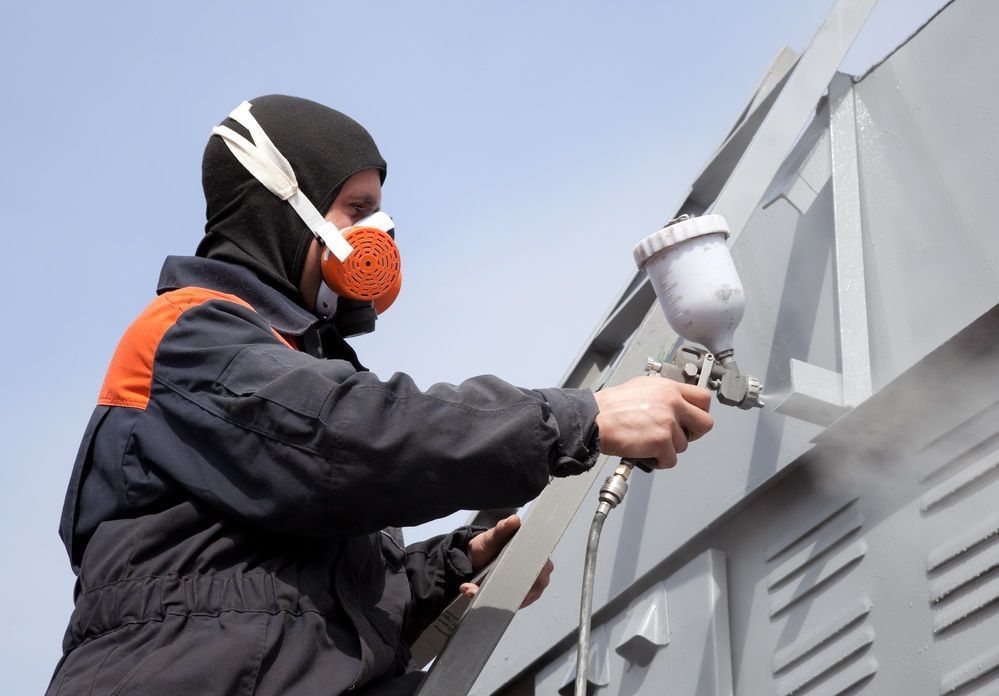
Industrial Coating Equipment
Specific commercial environments, such as manufacturing plants, marine facilities, or cleanrooms, require more than standard latex paint.
These projects often require specialized coatings like epoxy, urethane, or elastomeric paint systems. Correctly applying these coatings requires a few different tools.
- Plural-component sprayers to handle complex multi-part materials.
- Mechanical mixers to maintain chemical consistency.
- Ventilation and safety systems to manage fumes and ensure compliance with environmental standards.
Only contractors with the right equipment and training can safely and effectively apply these coatings in demanding settings.
Laser Measurement and Moisture Testing Tools
Accurate measurement is key to estimating material needs, managing costs, and planning labor. Laser measurement tools enable commercial painters to quickly calculate surface areas, ensuring precise planning and material ordering.
Additionally, moisture meters can verify that surfaces—especially drywall, wood, and concrete—are sufficiently dry before painting.
Applying paint over a damp surface can result in bubbling, blistering, or mold, all of which compromise the integrity of the job.
Safety Gear and Compliance Equipment
Commercial painting companies must comply with strict safety regulations, including OSHA standards. Professionals rely on various safety and compliance tools to ensure a safe job site.
- Fall protection systems (harnesses, lanyards, anchors)
- Lockout/tagout procedures
- Respirators and protective gear
- Job site signage and barriers
Safety isn't just a best practice—it's a requirement that protects workers and clients from liability and potential harm.
Why Specialized Equipment Matters
Working with a commercial painting company that invests in specialized equipment offers several advantages for property managers, business owners, and general contractors.
- Faster, more efficient project completion
- Durable, high-quality finishes
- Less disruption to business operations
- Full compliance with safety and environmental standards
The right tools, paired with experienced technicians, lead to better outcomes and long-term satisfaction.
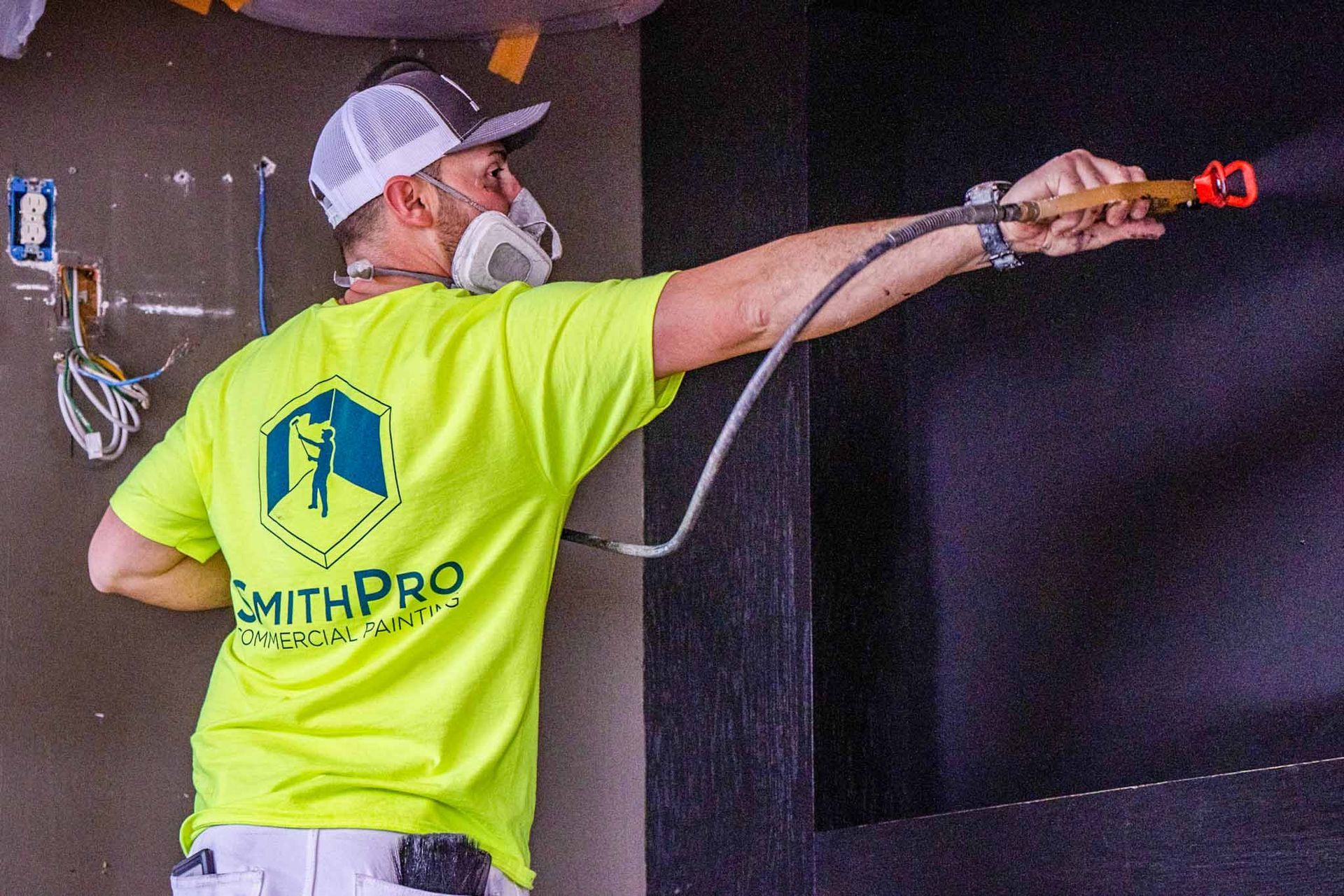
Ready to Work with the SmithPro Commercial Painting Team?
We've invested in the tools, equipment, and training to handle even the most demanding commercial painting projects.
At SmithPro Commercial Painting, we're committed to helping businesses achieve their goals and create spaces safely. Our competitive pricing and high-quality craftsmanship set us apart and sustain our commitment to excellence.
Contact us today to learn more about our professional painting services and how we can help bring your vision to life.

Services
About
Contact us
2655 Metro Boulevard, Suite A
Maryland Heights, MO 63043
Serving the St. Louis Metro Area
All Rights Reserved | SmithPro Commercial Painting
Services
About
Contact us
2655 Metro Boulevard, Suite A
Maryland Heights, MO 63043
Serving the St. Louis Metro Area
All Rights Reserved | SmithPro Commercial Painting


